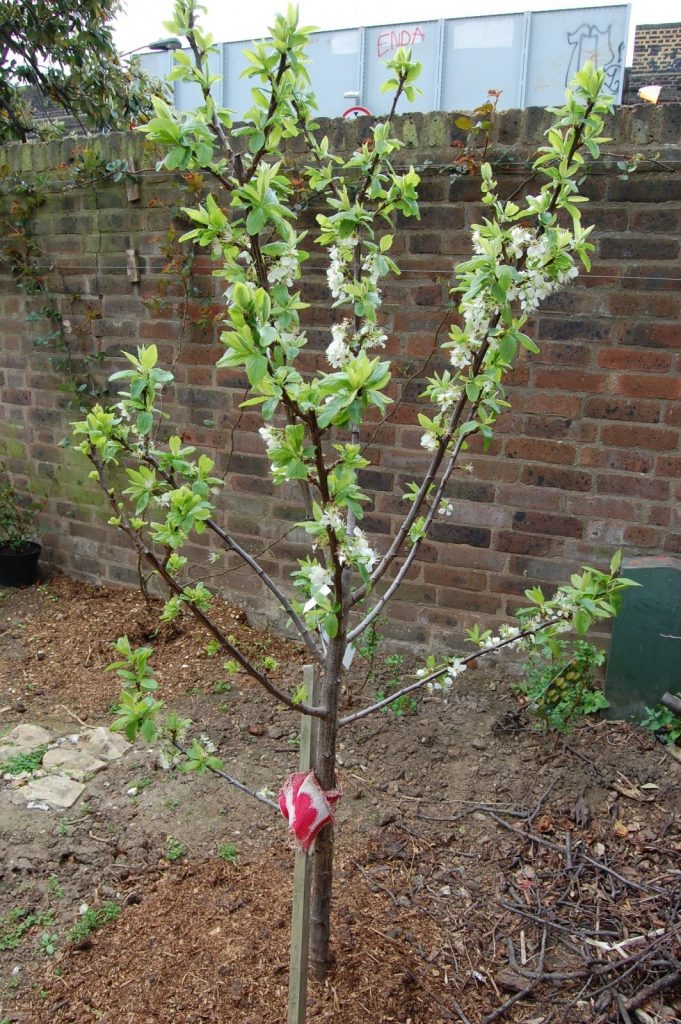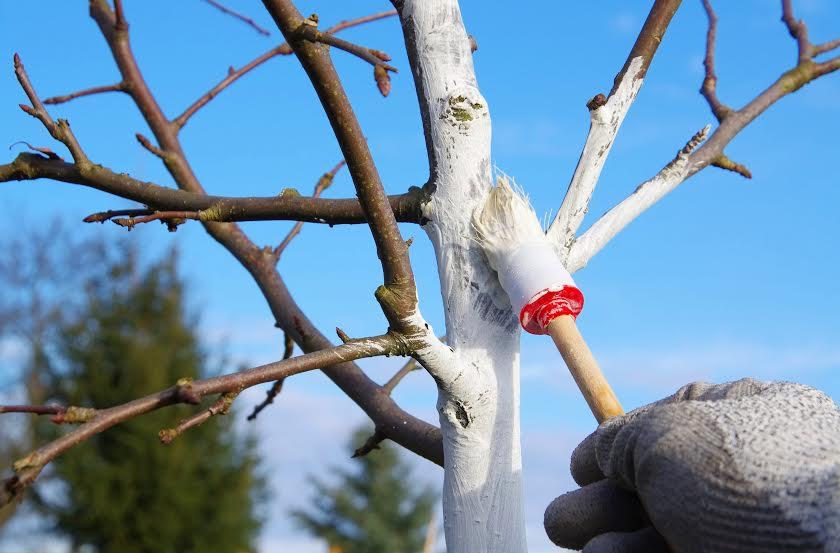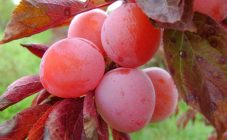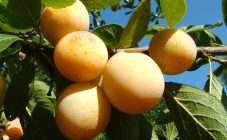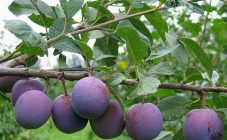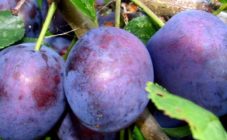Content:
Plum is perfect for eating raw, and is also a part of various sweet dishes (desserts, pastries), can also be used in conservation. Fruits contain many vitamins and minerals. The choice of a variety for planting should be focused on the climatic conditions of the region. Some trees grow well in the middle lane, others in the south, others in the Urals and even in Siberia, the latter include the General's plum.
A bit of history
Breeders living in Siberia and the Far East, in the twentieth century, put a lot of effort into breeding a plum variety that would be adapted to the harsh climate of this particular region. The results turned out to be beyond praise, a large number of varieties appeared, from which any gardener can choose the one that suits him. The general's plum can be given only the most positive characteristics. The tree, although small in size, bears excellent fruit if all recommendations for care and cultivation are followed.
Characteristics and description of the plum variety Generalskaya
The trees have miniature sizes, and therefore other plants can be planted on the site near the plum. Some gardeners attribute this variety to shrubs. At the same time, the culture has a voluminous crown and a well-developed root system.
General plum has interesting fruits, they are very large and hardly correspond to a miniature tree. On average, one round-shaped berry weighs about 40 grams. The rind changes color depending on where the crop is grown. Cherry plum can be yellow, orange, reddish. The pulp with a dense structure, the taste of the fruit is sweet-sour.
Plum contains a lot of useful substances:
- fiber;
- pectin;
- salts of phosphorus, iron, zinc, potassium;
- vitamins of various groups;
- citric, acetic, malic acid.
If the skin of the berry is orange in color, then this indicates a high content of carotene. General plum is suitable for people suffering from hypertension, heart and vascular diseases. After consuming the fruits of the "general", harmful substances will be removed from the body, and normal bowel function will be restored.
This variety belongs to early-growing and it will be possible to collect the first berries 3 years after planting the seedlings. Plum can be removed from trees in August - September, it is during these months that fruiting occurs. The berry is suitable for long-term storage, making desserts and preserving.
How to plant plums
Acquisition of plum seedlings is a rather simple task, the General Plum is sold by a large number of nurseries.
Planting is recommended in the spring, since in Siberia and the Far East in the fall there is a high probability of frost, which can destroy young trees.
As for the ideal place to drain, it must meet the following requirements:
- have protection from cold wind;
- a sufficient amount of sunlight;
- lack of shade from neighboring trees;
- the place should not be flooded;
- hilly area.
The soil composition is suitable for almost any drain, the main thing is that drainage is done. The pit is prepared in advance. When digging, it is worth considering that the root system must fully develop, and therefore the hole must have sufficient width and depth.
The landing itself is not difficult:
- in the central part of the pit, you need to install a support (strong stick or stake), which will support the seedling in adverse weather conditions;
- a mixture of humus and earth is poured next to the support;
- the seedling is carefully placed on a fertile layer, the roots are straightened;
- the earth around is sprinkled gradually, tamping each layer so that there are no large voids left;
- watering of the tree is mandatory;
- if necessary, organic feeding is introduced.
In the coming months, the young plum will harden and by the fall will be strong enough to survive the frosty winter.
Subtleties of care
General's plum is not one of the varieties that need careful care. The main requirement is to ensure adequate irrigation with an increase in water volume in the summer months. Here it is important not to overdo it and not flood the tree, otherwise the root system will rot.
The variety is frost-resistant, some plants can withstand temperatures down to -50 ° C.
Pruning is necessary to get rid of old and diseased branches. Additionally, root shoots are harvested to increase the yield. General's plum is propagated by cuttings and grafting.
Trees need to be fed every year and organic fertilizers (manure, humus) are the best. The immune system of this variety is very good, and therefore diseases and attacks of harmful insects are very rare. However, gardeners are advised to carry out prevention in order to avoid unnecessary problems.
Preparation for wintering
We have already mentioned the winter hardiness of the variety, now it is necessary to talk in more detail about how to cover young seedlings. Such protection will help protect the tree not only from low temperatures, but also from those who like to eat bark (various rodents).
Before the predicted frosts, it is necessary to wrap the root collar of the tree with moss, and with the appearance of snow it is good to trample it. If mulching was not carried out in the spring, then it must be done in the fall. It is recommended to give preference to rough materials that will not interest mice.
The whitewashing of the trunk is done with the onset of cold so that the tender bark of young trees does not suffer from frost. Paper or covering material will also help the seedlings survive the winter.
Preventive tree treatment
With the onset of spring, it is necessary to carry out sanitary measures at the site. Trees are necessarily treated against common diseases. In addition, you need to destroy pests with larvae that could survive the frost. Such work contributes to a good harvest.
If there are wounds on the trunk of the plum tree, they should be thoroughly cleaned, then rinsed with a disinfectant (in this case, 3% copper sulfate is good) and well covered with garden var.
Spraying
So that nothing threatens the trees, the plum is processed in the spring as follows:
- March - before the active movement of juices;
- April - before the appearance of buds;
- May - after flowering.
These dates may shift in northern regions with cold climates.
Spraying is carried out with a 3% solution of copper sulfate and urea (700 grams per 10 liters of water).
Such preventive measures will avoid many diseases.Plum trees will be able to withstand the attack of gray rot, red and brown spot, rust, cytosporosis.
General's plum is an ideal variety for growing in regions with unfavorable weather conditions. If you follow all the recommendations, then a large amount of the crop is guaranteed, which can be used both fresh and in conservation.

